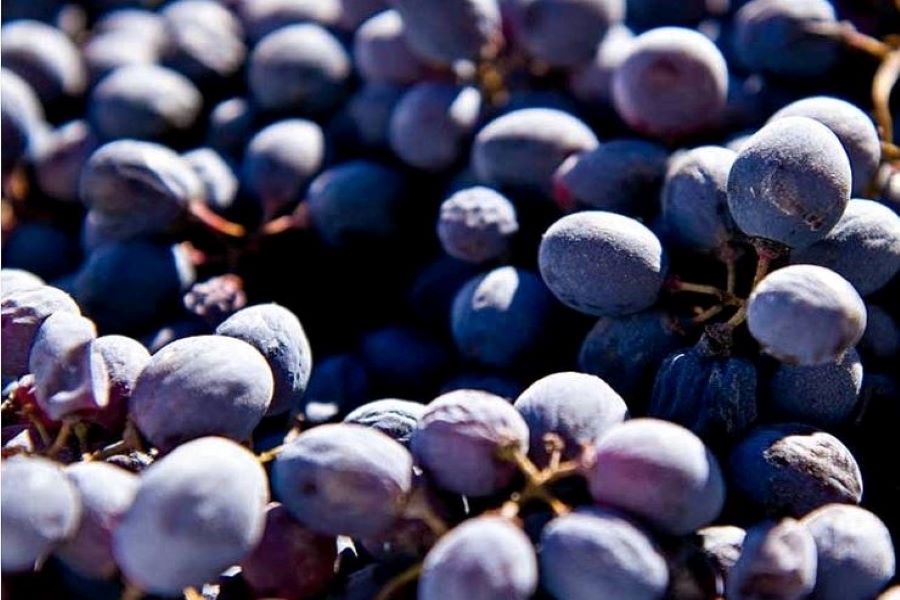
Drying process: a millennial Heritage
27 February 2023
The drying of the grapes (Appassimento) undoubtedly represents the secret behind the success of Valpolicella wines. The origin of this technique is lost in time, but we are sure that the Romans already used it 2000 years ago, to increase the sugar content of local grapes and produce a sweet and enveloping drink, called Acinatico (we talked about it here!).
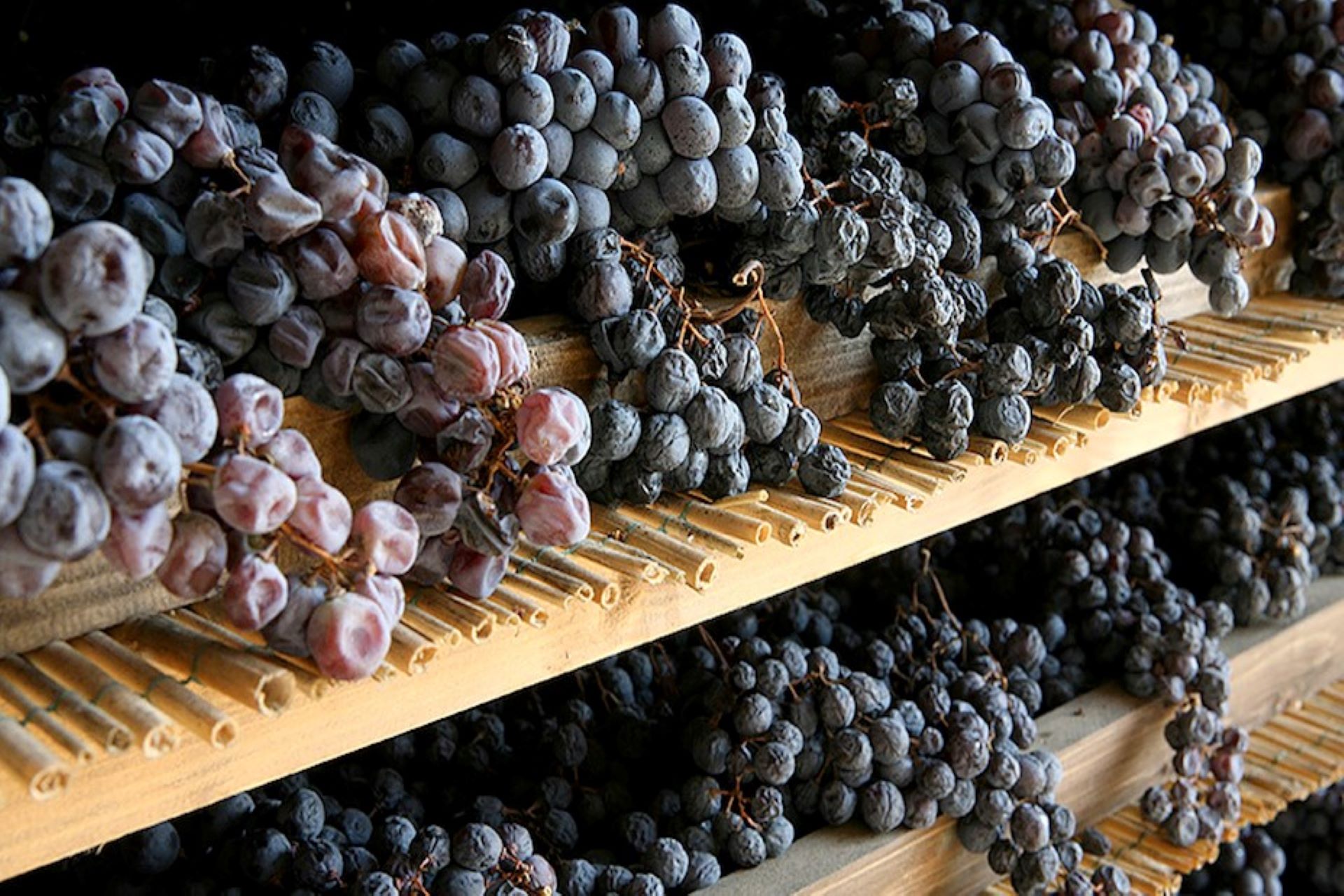
Withering is a slow and completely natural process, which allows the water contained in the grapes to gradually evaporate and obtain a greater concentration of color, aromas, and flavors in the wine. Originally the freshly harvested grapes were placed on the "arele", marsh reed trellises formerly used for rearing silkworms. Over the centuries the technique has evolved and refined without ever distorting its nature, even directly influencing the rural architecture of Valpolicella, where the "fruttai" (the withering barns), began to be built according to the direction of the winds and in a favorable position to obtain low humidity rate and high ventilation. Already in 580 AD. Cassiodorus, counselor of the Ostrogothic king Theodoric, in a letter to the king explained the rituals and underlined the close connections between the local community and this practice. But in the following centuries these gestures became more and more deeply rooted in the social, economic, and political background of the populations who continue to use it today to produce wines that are an expression of their territory.
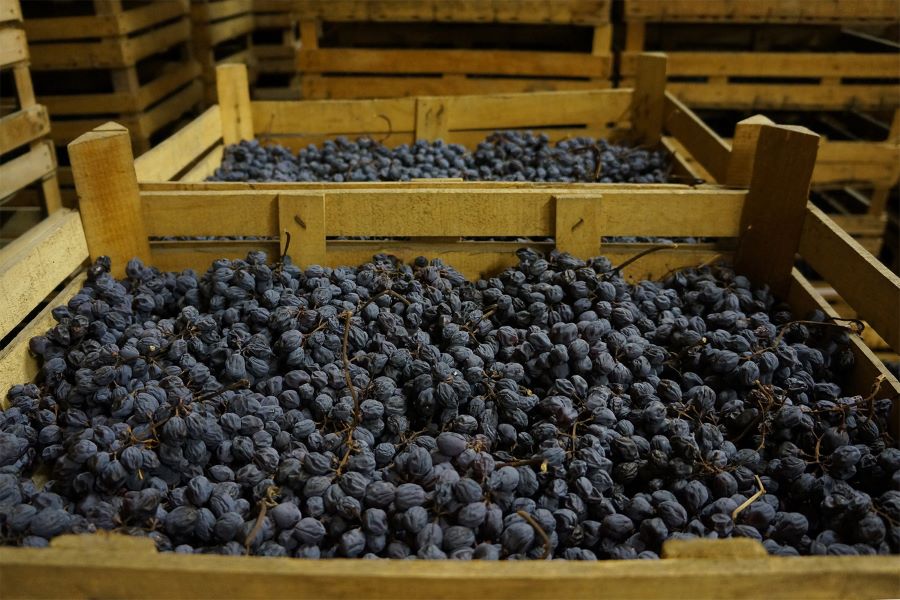
This is the main reason why the drying of Valpolicella grapes was proposed in April 2022 as a candidate for UNESCO Intangible Heritage, as an element of cultural identity of this territory for over 1500 years. On the 4th of February 2023, during the event Amarone Opera Prima, the dossier to start the procedure was presented to the population: ten pages drawn up by a Scientific Committee, which summarize the study and collection of documents for the registration of this wine making practice in the lists protected by the Organization of the United Nations for Education, Science and Culture. The document will now be sent to the Ministry of Culture, to the Ministry of Agriculture and to the National Commission for UNESCO, the inter-ministerial body coordinated by the Ministry of Foreign Affairs which has the task of choosing, by the 30th of March, the only Italian candidate to be proposed for evaluation.
This candidacy, however, does not only concern the institutions, but is a need that arises from below, from those who practice and from those who recognize this tradition as an identity element, and want to safeguard it and pass it on to future generations. The entire population is therefore invited to participate, sharing their experience, or simply expressing their support for this candidacy. The Promoting Committee for the Appassimento Candidature for UNESCO Intangible Heritage has made available an email address (comitatovalpolicella@gmail.com), a number to contact via whatsapp (+39 3894421311) and an official hashtag (#appassimentounesco), through which it is possible to actively participate in the candidacy by doing one or more of these actions: tell your story or experience, make a video or drawing, organize a flash mob, meeting or seminar, or simply send a message of support for the candidacy.
Let's participate all together! #appassimentounesco



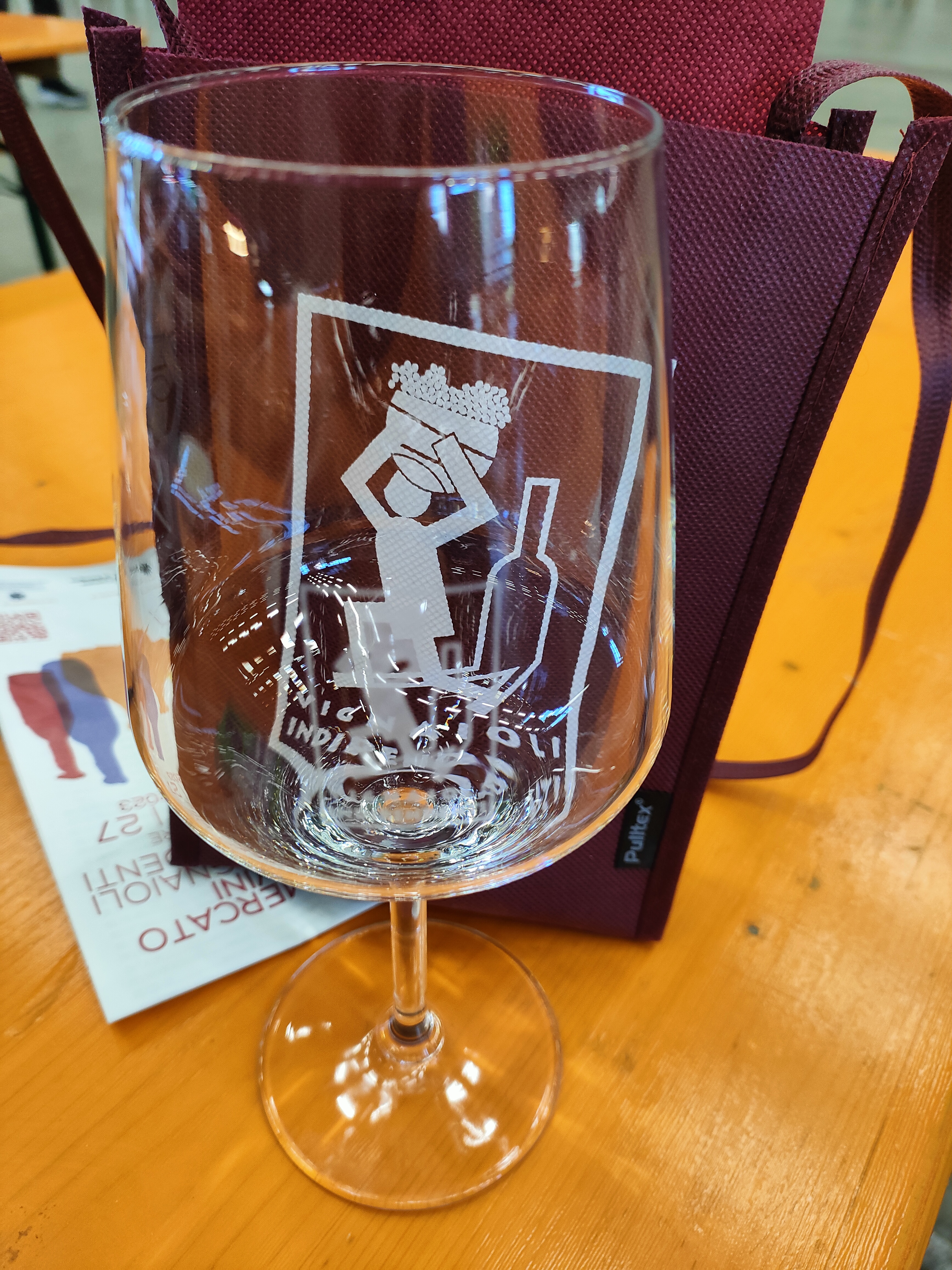

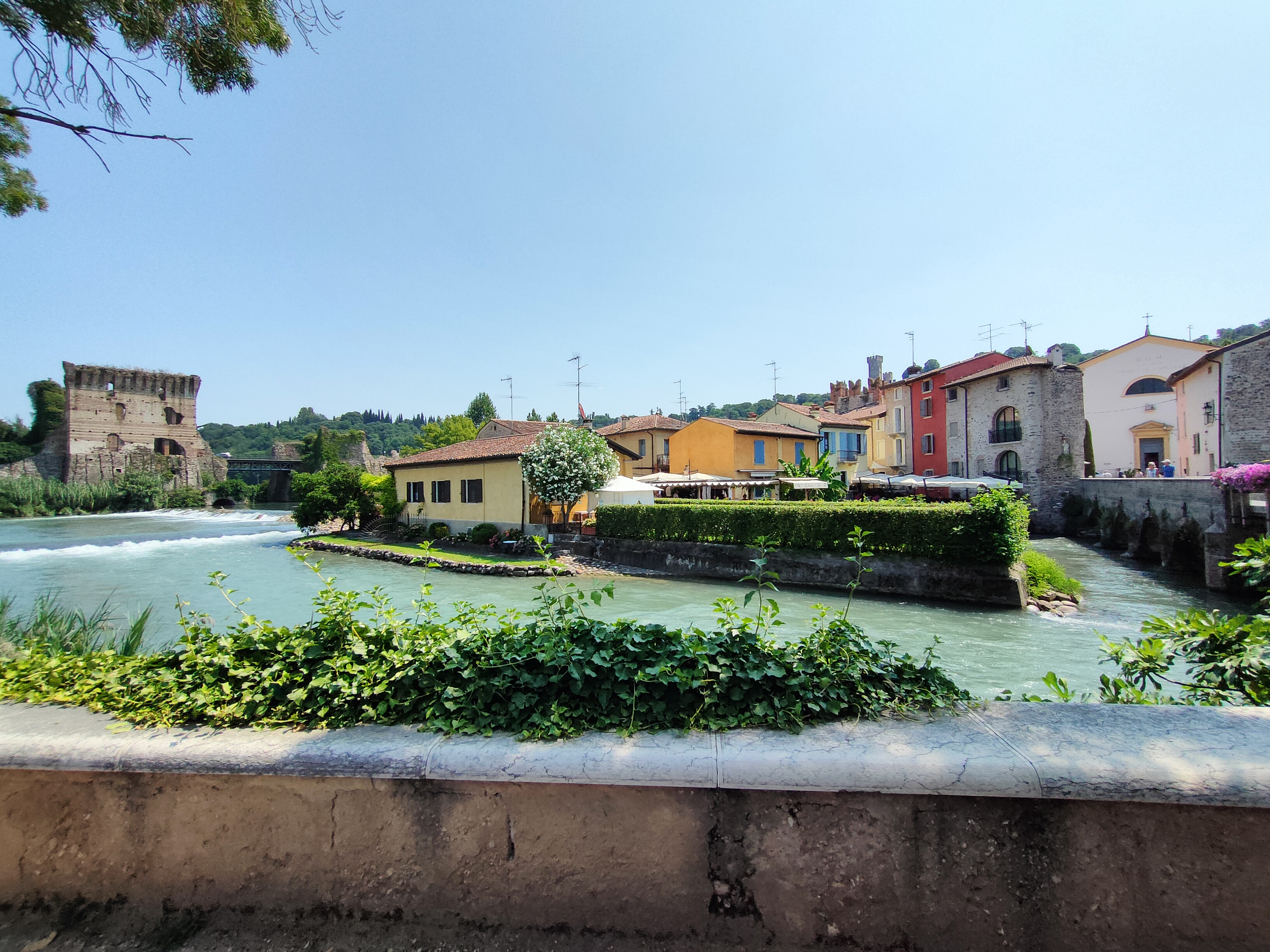
Leave a comment